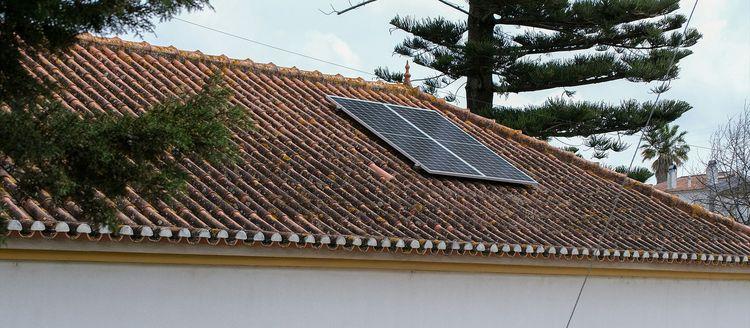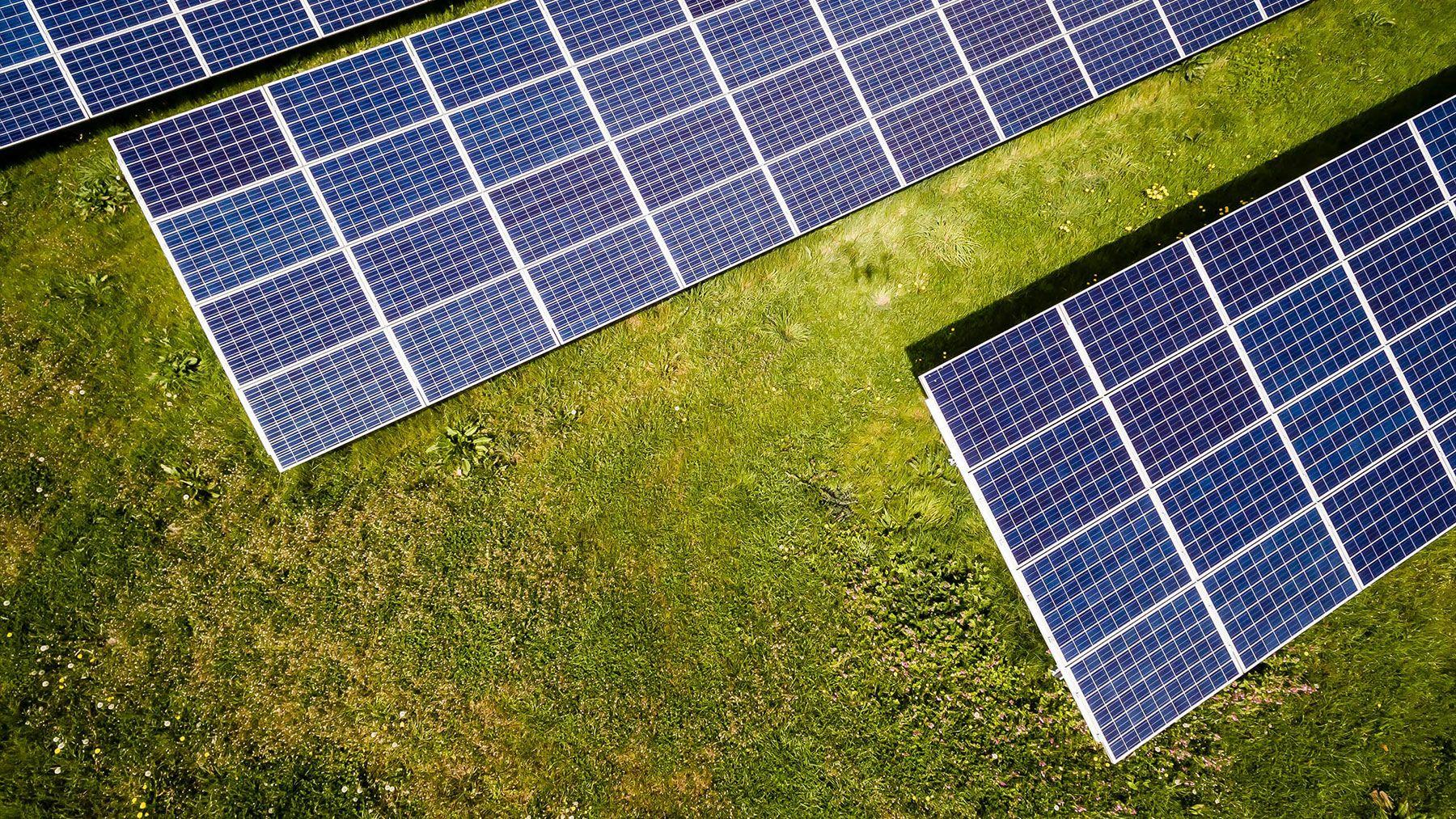
Solar questions with Good Energy
Transitioning your business to sustainable energy can feel a little overwhelming, especially with so many options for power solutions. Solar power is becoming an increasingly popular choice, even here in the UK. We spoke with fellow B Corp and sustainable energy experts, Good Energy, to provide you with an overview of how solar power could be used in your business.
How much of my energy costs could solar panels cover?
It’s difficult to provide an exact figure, but a setup with ten solar panels and a battery could supply 50-80% of a household’s electricity needs annually. Larger properties will require more panels, but the savings can still be substantial, all while reducing your carbon footprint.
How many solar panels should I install?
The short answer is, as many as you can fit! There’s no downside to generating extra energy, as you can sell any surplus back to the grid. For a standard home, ten panels are typical, but larger properties will need more. Discuss your specific needs with your supplier to determine the optimal number of panels for your space.
Has anything replaced the Feed-in Tariff scheme?
Yes, the Feed-in Tariff (FIT) scheme, which started in 2010, allowed homeowners to be paid for the electricity they generated and the excess they sent back to the grid. Although this scheme has ended, you can still sell your extra energy through Export Tariffs.
How difficult is it to get an export tariff?
Thanks to the Smart Export Guarantee (SEG) introduced in 2020, large energy providers are required by law to pay you for any energy you feed back into the grid. The export rate, or the payment for this energy, will be part of your agreement with the supplier. unfortunately there’s no mandated minimum payment, the rate has to be above 0p, so it’s wise to compare offers. At the time of writing, Good Energy’s export rate is a competitive 15p, which could add up to substantial savings over a year.
Is it worth replacing my current solar panels?
While technology has advanced from polycrystalline to monocrystalline panels, if your current system meets your needs, it may not be cost-effective to replace it. Further, upgrading could jeopardize your participation in the FIT scheme if you’re still enrolled. However, switching from string inverters to microinverters might be a valuable upgrade. Unlike string inverters, where a problem with one panel affects the entire system, microinverters work with each panel individually and tend to have a longer lifespan—25 years compared to 10 years for string inverters.
Do my solar panels need to face south?
In the UK, south-facing panels are ideal, but panels facing south-west or south-east are about 95% as efficient. Even panels facing north receive around 60% of the sunlight that south-facing panels do. The pitch of the roof also plays a role. For more technical information, you can refer to this article from Solar Power World.
Do I need to use solar power as it’s being generated?
It’s best to use solar energy as it’s produced, so saving energy-intensive tasks like laundry or charging your car for sunnier periods is recommended. To maximize efficiency, try to run only one high-consumption device at a time, as your output will be limited by the size of your inverter. A home battery stores solar energy for use later and is likely essential for accommodation providers, who may not be able to schedule their energy use around the sun. Keep in mind that adding a battery could affect your eligibility for the FIT scheme depending on your current setup.

Can solar panels be installed in off-grid locations?
This will depend on the power source available and its consistency at your site. We recommend contacting Good Energy to discuss the best options for your specific needs.
How else can I use solar power?
You can install a diverter that sends any unused energy from your appliances to an immersion heater, allowing you to heat water with your solar panels.
Will solar power keep running during a power cut?
In most cases, no. Solar systems typically shut down during a power outage for safety reasons. However, a Tesla Powerwall or similar battery solution can continue supplying solar power even when the grid is down. A fully charged Powerwall can provide energy for several days.
How much do solar panels cost?
This is much like asking how long a piece of string is. Solar panels vary in both quality and wattage, but the installation itself is often the most significant cost. To maximize your investment, it’s wise to install as many panels as possible at once since you only pay for installation once.
How long will installation take?
Installation generally takes a few days, but you’ll need to consult with your installer to get a more accurate time frame based on your property.
How can I choose the right installation company?
It’s crucial to select a company with MCS accreditation, which is an industry-recognized quality standard. You’ll need an MCS-accredited installer to qualify for an export tariff. Additionally, look for Renewable Energy Consumer Code (RECC) and NAPIT accreditation for the panel supplier. Good Energy Solar (serving the Southwest) and JPS Group are two well-established companies with over a decade of solar panel installation experience.
Are solar panels a worthwhile investment?
Although solar panels come with a significant upfront cost, they offer a solid return on investment, around 5% annually, which is better than most savings accounts. Savings come from reduced energy bills—potentially hundreds of pounds per year—and from earning money through the export tariff. The Energy Saving Trust has a calculator to help you determine whether solar power is a good investment for you, and Good Energy Solar can provide a no-obligation quote to show how much you could save on your energy bills.
How far from the space can the panels be?
It’s possible you might not want your panels directly on the roof of your space, or there are size limitations, etc. In which case, you might wonder, how far away from it can they be? There are varying answers on exactly how far that is, but it can stretch from a hundred to a few hundred feet. Speak to your provider to get a better estimate of how far you might be able to place yours.
Our Partnership with Good Energy
We’ve teamed up with fellow B Corp and leader in ethical energy, Good Energy, to help our property owners transition to renewable energy. Neither we nor Good Energy gain financially from this partnership, but we share a mutual goal of combating the climate crisis. The only benefit is for you, as the property owners. Learn more about the partnership and the exclusive discounts available to our owners here.




